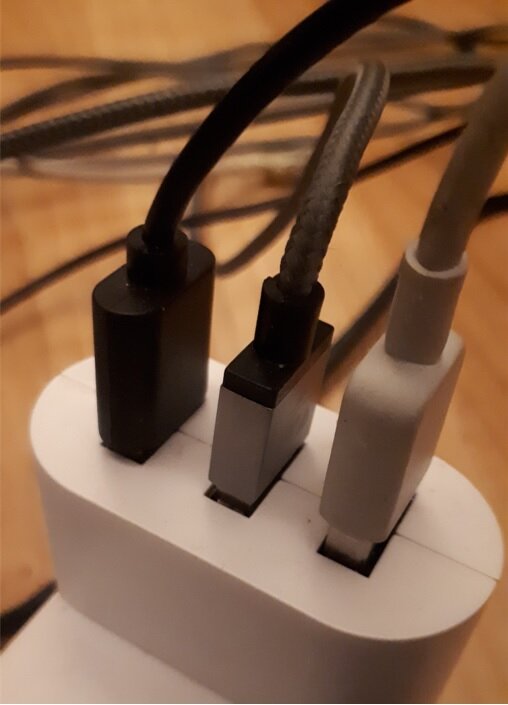How has Fake News Enabled the Rise of Political Manipulation?
‘Fake News’ is a contested term. Does it enable Politicians to discredit media claims they do not like? Does it enable the Media to circulate hyperbolised information with little, to no truth in it? Both can create real consequences, but which is worse?
Statistics from this year show that on average 80% of US adults recognised ‘fake news’ stories on the COVID-19 pandemic. As political climate is increasingly reliant on mainstream media outlets and social media to provide trustworthy information, in this context the above figure is startling. This is one of many examples where we can see the seeds of a vicious cycle between the politicians that perpetuate mistrust and weaponize the term ‘fake news’, and the media who are caught in crosshairs of delivering information that goes against political agenda and condemn themselves to be discredited for doing so, or delivering information that satisfies their own political propaganda.
The rise of the term ‘fake news’ was of course in the midst of the notorious Trump, his inconsistencies in office were always the victims of ‘fake news’. It is fair to say that Trump has been instrumental in the American political arena in heightening the discord between media and politics. ‘Fake News’ easily became a throwaway term to silence anything that didn’t make sense to him and, at least to his supporters, manipulate political rhetoric. The Trump effect, however, has still remained. In 2020, 31% of the Americans maintained that they ‘trusted mass media a fair amount’, if Media outlets and “verified” social media have not been able to redeem their credibility, what does this mean for consumer confidence? We find ourselves in a ‘finger pointing’ battle in which the people who are responsible in running the government, and the people who distribute information of their actions cannot be trusted. It is ironic however, that theoretically, repression and refute of media claims would be a symptom of more authoritarian styles of governance, what this says about a functioning democracy like the United States is damaging to say the least.
In a realistic sense, there is very little we as consumers can do to mend the volatile relationship between the Media and Politicians, they are both vital to the fundamentals of democracy. Despite this, mounting awareness of the costs that ‘fake news’ can create is paramount. An example of the harrowing and extreme effects of ‘fake news’ were epitomised in the ‘#Pizzagate Shooting’. The shooters’ purpose was a consequence of untruths perpetuated by the media that Hilary Clinton was leading child trafficking rings out of a pizza/ping pong joint. Because of this, people’s lives were threatened, the potential impact of ‘fake news’ cannot get any more alarming than that. Studies show that we as consumers, play into scare tactics that evoke extreme emotions, media witch-hunts and of course, disavowed faith in politicians when sometimes ‘fake news’ turns out to being very real, has proven that ‘fake news’ turns out to be reproduced more than legitimate, verifiable news.
Nevertheless, both actors are crucial in an age where technology is the purveyor of fact. The big question is therefore, where can we draw the line? How much of ‘fake news’ is the medias’ ability to exploit the mistrust that many consumers already have in politicians and how much is initially created by politicians by not owning up to the claims they refute, that then turn out to be true? It seems that ‘fake news’ is a powerfully disturbing political tactic, that in which ever way you frame it, disadvantages us; the consumers.


